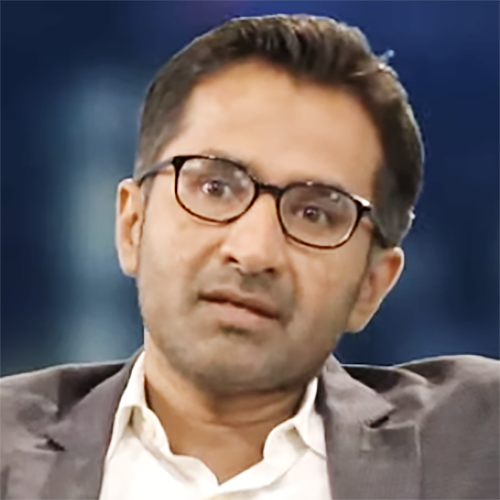The Philippine government has 75 flagship infrastructure projects lined up for implementation in the next five years, requiring about US$160-170 billion in funding.
The country’s finance chief, Carlos Dominguez, says this should plug the gap of the developing economy’s logistics backlog and catch up with its wealthier neighbours in the region.
Thirty-six of the 75 were approved in the first 14 months of President Rodrigo Duterte’s controversial term. Another 5,600 minor infrastructure projects are on the pipeline.
Dominguez wants the timetable shortened to three years of implementation for all 75 primary projects. “We can no longer postpone investments in infrastructure,” he says. For three decades the government underspent on infrastructure and imposed one posterity programme after another to “climb out of the debt crisis”.
Budget secretary Benjamin Diokno says with a higher deficit ceiling (2-3% in the medium term) and tax reform, fiscal space was increased from US$6 billion in 2017 to US$10.4 billion in 2022. The tax reforms will yield additional revenues of up to US$5 billion at the end of the Duterte term.
Despite the increased deficit cap, the debt to GDP ratio is projected to fall to 37.7% in 2022 from 40.6% in 2017. The rule of thumb is an economy’s debt to GDP ratio should not exceed 60%. “These numbers should allay the fears of debt alarmists claiming that our spending and borrowing pattern will inevitably lead to a debt crisis,” Diokno says.
The public-private partnership (PPP) programme was started in the previous government of President Benigno Aquino III. It inspired investor confidence for awhile but delays due to red tape dampened interests.
Finance undersecretary Gil Beltran says they continued the pre-construction assessment and design of infrastructure projects for PPP. “On the timeline, during the first year of this administration’s budget, we will need to monitor the actual NG (national government) spending to check this out,” Beltran says. “It is too early to make an evaluation as many of the new projects are still being designed and some are being bidded out.” In June, state expenditures were up 22% year-on-year.
Credit watcher Moody’s Investors Service, which rated the Philippines’ investment grade status with a “Baa2” stable outlook, says despite “gaining traction” the ambitious public infrastructure plan will be subject to capacity constraints (and) execution risks”.
“Shifting to ODA (official development assistance) financing doesn’t necessarily cut down those execution risks,” says Moody’s vice president and senior credit officer Christian de Guzman, citing budget execution as a concern. “I don’t think the Philippines has proven that they can completely address the underspending. (There are still) capacity constraints such as labour shortages, supplies.”
Funds and financing
The ODA borrowing strategy is not only large loans at a much lower cost, it will jumpstart the speed of infrastructure development. There’s no wait of 30 months to ripen projects under a PPP framework.
The ODA borrowing strategy is not only large loans at a much lower cost, it will jumpstart the speed of infrastructure development. There’s no wait of 30 months to ripen projects under a PPP framework.
With this in mind, funding is top priority, along with removing constraints to implementation, which have delayed past projects.
The Duterte government expects to get almost US$2 billion in ODA loans next year to fund infra-related projects, mostly sourced from Japan and China. “Much of the first wave of infrastructure programme will be funded by ODAs, which offer much lower rates (one percentage point below) than what commercial market offers,” Dominguez says.
The rest of project financing will come from taxes, borrowings and private sector money. “The tax reform programme will give us the fiscal space to pursue expansionary measures. Without the tax reform package we cannot pursue the infrastructure programme,” Dominguez adds.
The first package of the comprehensive tax reform (Tax Reform for Acceleration and Inclusion Act or TRAIN) is expected to cough up US$3 billion, or 0.9% of GDP. TRAIN has been approved by the Philippine congress and is now being reviewed by the senate.
Infrastructure spending is 5.4% of GDP (2017) and will increase to 7.3% of GDP by 2022. The infra-related budget was traditionally at a low of 2.6% of GDP. For 2018 alone, the proposed budget for infrastructure is US$21.5 billion or 6.3% of GDP, higher than this year’s US$15.8 billion allocation.
Infrastructure projects will not only be funded by ODA, taxes and equity, but by the capital market and the banking system. Bangko Sentral ng Pilipinas (BSP, central bank of the Philippines) governor Nestor Espenilla Jr says they are crafting the roadmap for an accelerated local currency bond market development to provide long-term funding for both the public and private sector.
The government is also banking on private sector groups to get involved through unsolicited proposals and to explore the Duterte administration’s hybrid PPP where government does the project planning, building and financing while private contractors will provide operation and maintenance (O&M).
For socio-economic planning secretary Ernesto Pernia, O&M and their version of it or the hybrid O&M financing is a work in progress. “PPP projects are moving so very slowly and that is why we’re trying a different mode now,” he says.
“It’s really a test of what will be the result of these combinations. We can change gears as we move on,” Pernia says.
To learn more about the Asset 3rd ETF Asian Summit, please click here





.jpg)
.jpg)


